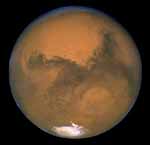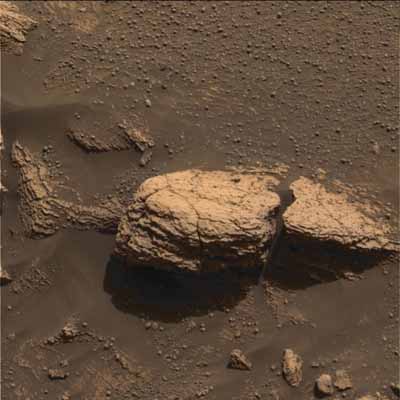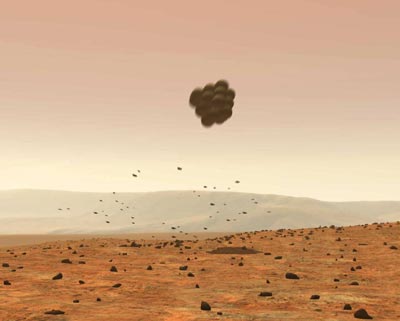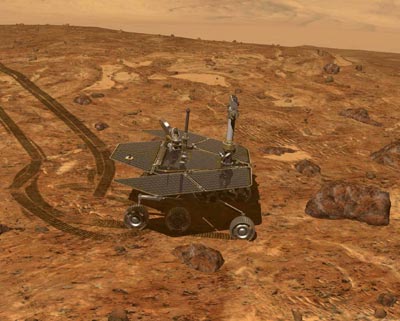|
|
|
|
Asteroid
could hit Mars next month: NASA.....

MARS MARS, Always known as the Red Planet,has probably been the source of more science fiction (good and bad) than any other planet. Mars is much smaller than Earth, but recent research shows that it once had flowing rivers. Mars also has a canyon that stretches over 2000 miles |
|
Where Is It? Mars is the fourth planet from the Sun, located in between Earth and Jupiter. Mars is much further away from the Sun than Earth, with an average distance of around 140 million miles. The orbit, or path, the planet takes around the Sun is an mild ellipse, or stretched circle, with Mars being about 128 million miles from the Sun at its closest and 154 millions away at its furthest. Since Mars is so much further away from the Sun than Earth, a Martian year, which is the time it takes to go around the Sun once, is much longer at 687 Earth days. A Martian day, which is the time it takes the planet to spin around once, is a little longer than an Earth day, at 24 hours and 37 minutes. Can I See It?
How Big Is
It?
How Many Moons
Does It Have?
How Did It
Get It's Name?
What Is It
Made Of?
What's It Like
On The Surface?
|

This color image taken by the panoramic camera onboard the Mars Exploration Rover Opportunity shows the part of the rock outcrop dubbed Stone Mountain at Meridiani Planum, Mars. Scientists are examining Stone Mountain with the instruments on t he rover's instrument deployment device, or "arm," in search of clues about the composition of the rock outcrop |

Protected by large airbags, the lander falls away from the parachute, landing safely on Mars. |

Controlling the rover from Earth, scientists drive the rover along Mars' surface inspecting geological features |

|
|
|
|
|
|
|
|
|
|
|
| LUNAR COLLECTION | SOLAR COLLECTION | MARS |
| INDIA SAUDI | INDIA-1 | INDIA2 | INDIA3 | AUSTRALIA | AFRICA | EARTH-MOON | FACE ON MARS |
| WORLD |

Welcome to Swami Rajesh Chopra's |

|
All rights reserved. No part of this publication and other sites of under liveindia.com may be transmitted or reproduced in any form or by any means without prior permission from the publisher Live India Internet Services or Rajesh Chopra, L.C.Premium Cables, 1826, Amar Nath 2nd Building, Bhagirath Palace Delhi - 110006, India. Liveindia.com or Mr.Rajesh Chopra is not responsible for any wrong information under this site, For confirmation of any information it is recommended that you can reconfirm from yours end |
 |